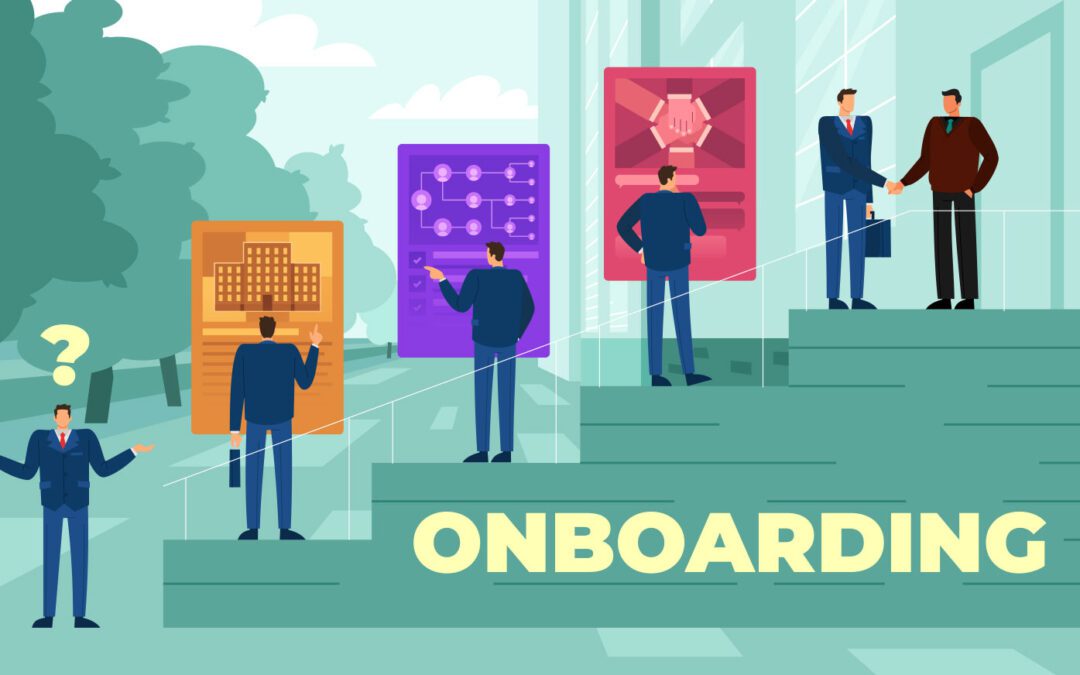For any business to be successful, it must have three things: a robust overall strategy, exceptional leaders, and engaged employees. This society has moved from an economy driven by the agricultural and manufacturing industries to a service oriented, personally connected economy.
One hundred years ago, employees were tasked with manual labor and had no vested interest in the business that employed them.
Today, with the demand for highly skilled talent, it is essential for employers and leaders to engage their employees and make them feel as if they are an integral part of the business.
In the past we wrote a blog post on employee engagement which was received with a lot of positive response by our readers – Five Must-Dos to Improve Employee Engagement – Transform the Zombies into Humans. We follow-up, with this guest post which analyzes employee engagement in a more recent context, and does so quite effectively. John Hawthorne backs his insights with research on the key employee engagement strategies that stay relevant today.
Employee Engagement Most Recent Data
In 2017, Gallup’s State of the Global Workplace report revealed that only 15% of employees worldwide are engaged in their jobs – meaning that they are emotionally invested in committing their time, talent, and energy to adding value to their team and advancing the organization’s initiatives.
This means that the majority of employees show low overall engagement. Workplace productivity was low and employees and organizations are not keeping up with workplace demands fast enough.
More Gallup research shows that employee disengagement costs the United States upwards of $550 billion a year in lost productivity. As employee engagement strategies become more commonplace, there is an amazing opportunity for companies that learn to master the art of engagement.
Jacob Shriar, in a piece on OfficeVibe, tells us that
- Disengaged employees cost organizations between $450 and $550 billion annually.
- Highly engaged business units result in 21% greater profitability.
- Highly engaged business units realize a 41% reduction in absenteeism and a 17% increase in productivity.
- Highly engaged business units achieve a 10% increase in customer ratings and a 20% increase in sales.
- Companies with engaged employees outperform those without by 202%.
- Customer retention rates are 18% higher on average when employees are highly engaged.
These statistics are just the beginning of why employee engagement is so important.
Why Is Employee Engagement So Important?
The term “engagement” has been used so often and in so many different situations that it’s become hard to define. Many people think it means happiness or satisfaction, but it’s much more than that.
According to Gallup, who has been collecting and measuring employee engagement data for nearly 20 years: “Though there have been some slight ebbs and flows, less than one-third of U.S. employees have been engaged in their jobs and workplaces.”
Imagine if every employee was passionate about seeing the company and its customers succeed. The only true way to ensure that your customers are well taken care of is by taking care of your employees. This is known as the service-profit chain, a concept first introduced by Harvard Business Review in 1998. It’s still as relevant today as it was then.
Profit and growth are stimulated primarily by customer loyalty. Loyalty is a direct result of customer satisfaction. Satisfaction is largely influenced by the value of services provided to customers. Value is created by satisfied, loyal, and productive employees. Employee satisfaction, in turn, results primarily from high-quality support services and policies that enable employees to deliver results to customers.
The service-profit chain is the flow from the culture you create to the profits you generate and every step in between. The key is to start internally. When you create an environment where employees are happy, productive, autonomous, and passionate about what they do, they’ll provide better service to your customers.
That amazing service will create many loyal customers, leading to sustainable growth and profits. That’s why it’s important for every leader in an organization to understand the service-profit chain and how each step impacts the other.
Key Employee Engagement Strategies
Organizations need to pay attention to specific priorities to engage employees. Employees are more likely to become truly engaged and involved in their work if your workplace provides these factors.
Employee engagement must be a business strategy that focuses on finding engaged employees, then keeping the employee engaged throughout the whole employment relationship. Employee engagement must focus on business results. Employees are most engaged when they are accountable, and can see and measure the outcomes of their performance.
Employee engagement occurs when the goals of the business are aligned with the employee’s goals and how the employee spends his or her time.
The glue that holds the strategic objectives of the employee and the business together is frequent, effective communication that reaches and informs the employee at the level and practice of his or her job.
Engaged employees have the information that they need to understand exactly and precisely how what they do at work every day affects the company’s business goals and priorities. (These goals and measurements relate to the Human Resources department, but every department should have a set of metrics.)
Employee engagement exists when organizations are committed to management and leadership development in performance development plans that are performance-driven and provide clear succession plans.
When businesses actively pursue employee engagement through these factors, employee engagement soars to a ratio of 9:1 employees from 2:1 employees with concurrent improvements in the business success.
Employee Engagement Examples
There are of course many ways to show your employees they are valued, and to keep them focused and engaged on company success. According to Forbes, there are certain items in the benefit package that will help in creating employee engagement:
- Health Insurance
- Company Parties (social engagement)
- Gifts (new babies, appreciation luncheons)
Employees go home to different roles–parent, caregiver to a loved one, a church or civic leader, spouse, bandmate, freelancer, artist, neighbor–and the people they are closest to impact their lives and perspectives about work in meaningful ways. Acknowledging those relationships and showing they are a priority will increase employee engagement.
How to Improve Employee Engagement
In a recent article in Forbes, Brent Gleeson, a former navy seal and successful businessman, gives solid advice on ways to improve employee engagement.
When managers are engaged, their team members can confidently state the following:
- I know what is expected of me and my work quality.
- I have the resources and training to thrive in my role.
- I have the opportunity to do what I do best – every day.
- I frequently receive recognition, praise and constructive criticism.
- I trust my manager and believe they have my best interests in mind.
- My voice is heard and valued.
- I clearly understand the mission and purpose and how I contribute to each.
- I have opportunities to learn and grow both personally and professionally.
The steps for improving engagement aren’t complex, they simply must be prioritized. This means engagement must be a core function of the manager’s role. The following steps can help the manager to accomplish this.
Step 1 – Put Everyone in the Right Role
Again, get the right people on the bus and make sure they are in the right roles. This means that all talent acquisition and retention strategies have to be aligned with meeting company goals.
Step 2 – Give Them the Training
No manager or leader can expect to build a culture of trust and accountability — and much less improve engagement —without setting the team up for success. This means providing the proper training and development while removing obstacles.
Step 3 – Task Meaningful Work
Engaged employees are doing meaningful work and have a clear understanding of how they contribute to the company’s mission, purpose and strategic objectives. Again, this is why they first have to be placed in the right role. I’ve made the mistake of hiring great talent just to get them in the door – but didn’t have a clear career path or role for them. If you don’t sort those details out quickly, they will leave.
Step 4 – Check in Often
The days of simply relying on mid-year reviews for providing feedback are long gone. Today’s workforce craves regular feedback — which of course leads to faster course correction and reduces waste. Use both formal and informal check-in strategies — and use them every week.
Step 5 – Frequently Discuss Engagement
Successful managers are transparent in their approach to improving engagement — they talk about it with their teams all the time. They hold “state of engagement” meetings and “engage” everyone in the discussion — and solutions.
Again, these principles are not complex, but must be prioritized. Companies that get this right will drive greater financial returns, surpass their competitors, and easily climb to the top of “the best places to work” lists.
Are Your Employees Engaged?
Employee engagement is critical to the success of any business. When a business has engaged and invested employees, it is in their best interest to protect the productivity and profitability of the business, and the image the business has in the community. Engagement also results in employee retention, which saves the business money in turnover and training. There is no downside to getting your employees engaged and invested in your business.
John Hawthorne is a health nut from Canada with a passion for travel and taking part in humanitarian efforts. His writing not only solves a creative need it has also lead to many new opportunities when traveling abroad. This article was originally published on Floship.com, you can read it here.





